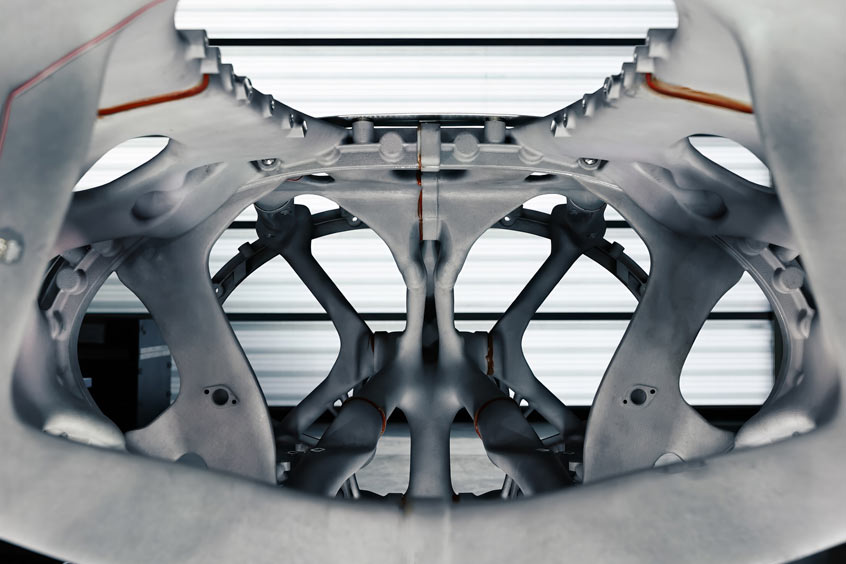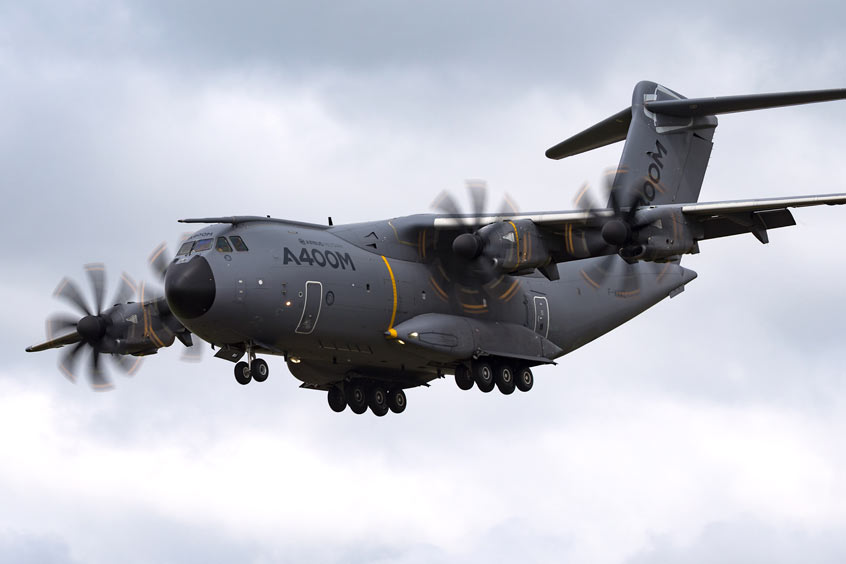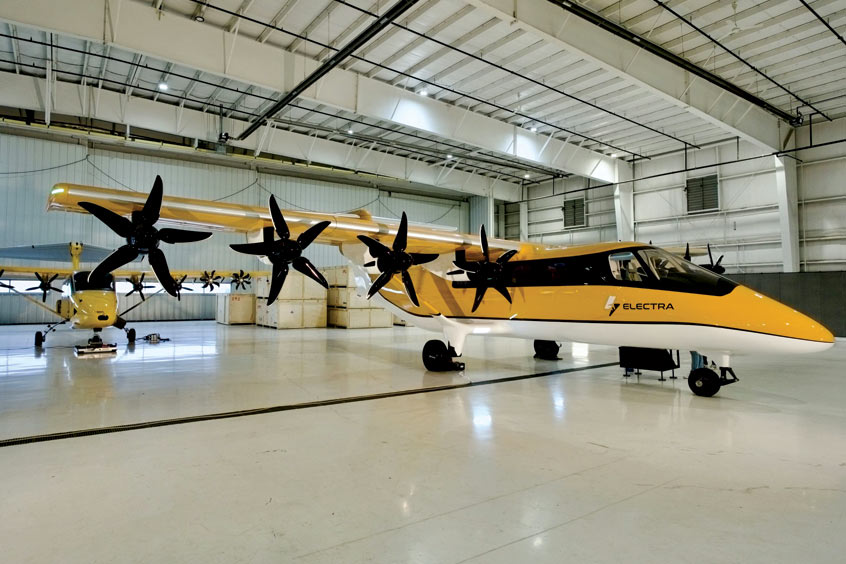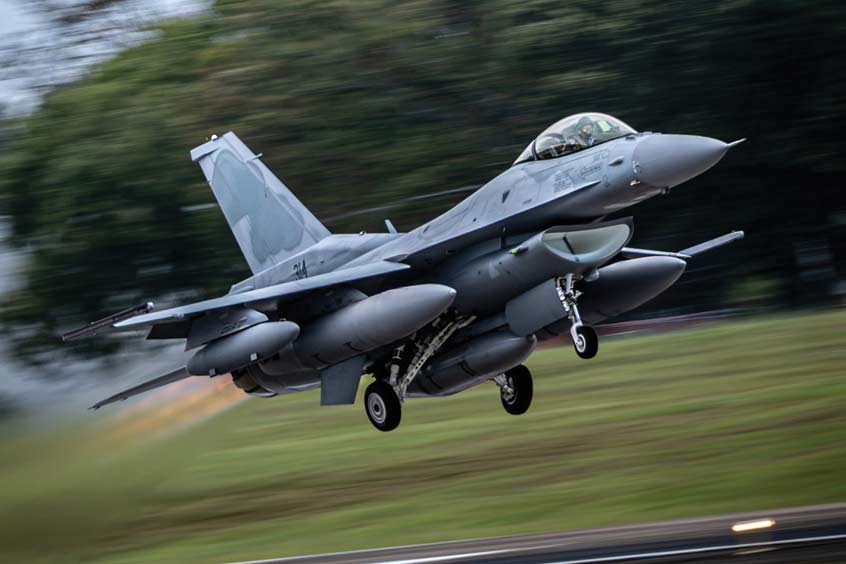After three years of R&D, French start-up company Ascendance Flight Technologies has unveiled the design of ATEA, its five-seat vertical take-off and landing aircraft.
Conceived to operate in peri-urban areas and within regions thanks to a range of 400 km, carbon emissions reduced by 80% and noise pollution divided by four, ATEA features “fan-in-wing” technology and optimised engine configuration. Production is scheduled for 2025.
Equipped with tailor-made modular hybrid engines developed by Ascendance Flight Technologies, ATEA is designed to satisfy the high demands of both passengers and stakeholders of reinvented aviation. The company says its architecture and design "foresee the future of airborne mobility, responding to societal and environmental expectations and to the most recent certification rulings."
The technological innovations integrated in ATEA ensure an optimised, easy-to-use and agile operation required for a variety of uses, whether for passenger transport, emergency services, logistical tasks or for surveillance flights: modular hybrid-electric propulsion; “Lift and cruise” configuration with two separate propulsion systems for vertical and horizontal flight; eight rotors integrated into two fixed wings two horizontal propellers; and skyview cabin and easy access for passengers.
The new ATEA configuration has integrated a hybrid system patented by Ascendance called STERNA. This system is devised on an electric engine powered by the merging of two energy sources: combustion and battery. Over time, the company is planning to phase out the combustion energy source and replace it with new sources of cleaner energy such as hydrogen or Sustainable Aviation Fuel.
Eight new generation rotors are now featured on a tandem wing configuration according to the “fan-in-wing” principle. Patented by Ascendance, this shrouded rotor technology allows increased power during the take-off and landing phases in addition to significant noise reduction. The number of rotors guarantee manoeuvrability of the aircraft in case of failure, with resilience being compliant with regulatory requirements.
The Lift and Cruise system of the aircraft provides separation of vertical and horizontal flight which are ensured by the rotors for the former and by propellers located in the nose and tailfin for the latter. The resulting absence of pivoting mechanisms therefore reduces risk of failure, which also simplifies the aircraft’s certification while improving overall aircraft safety.
“We set-up Ascendance Flight Technologies with a very clear vision of what we wanted to achieve: to accelerate transition towards green aviation thanks to hybrid technology,” says Jean-Christophe Lambert, co-founder and CEO. “The design of ATEA is the concrete reflection of our values, our experience and of our know-how. The aircraft we are presenting to you today is the result of huge efforts by our R&D department, tests and trials on four prototypes and a great deal of thought on costs and the ease of flying such an aircraft. Its characteristics provide all the performances expected by a sector that the ongoing transition has made more demanding.
“ATEA will soon exist in the form of a full scale prototype and will go into testing phase in 2023,” adds Lambert. “With help from our financial partners we are now experiencing vigorous development. We are actively recruiting, running test and trial programs and we are steadily moving towards our 2025 certification objective."
| Contact details from our directory: | |
| Ascendance | Airframer |
| Related aircraft programs: |
| Ascendance Flight Technologies ATEA |
Weekly news by email:
See the latest Bulletin, and sign up free‑of‑charge for future editions.

Saab advances digital manufacturing with autonomous fuselage

Airbus deploys Stratasys printed parts for A320, A350 and A400M

Electra kicks off Part 23 application for hybrid-electric EL9
